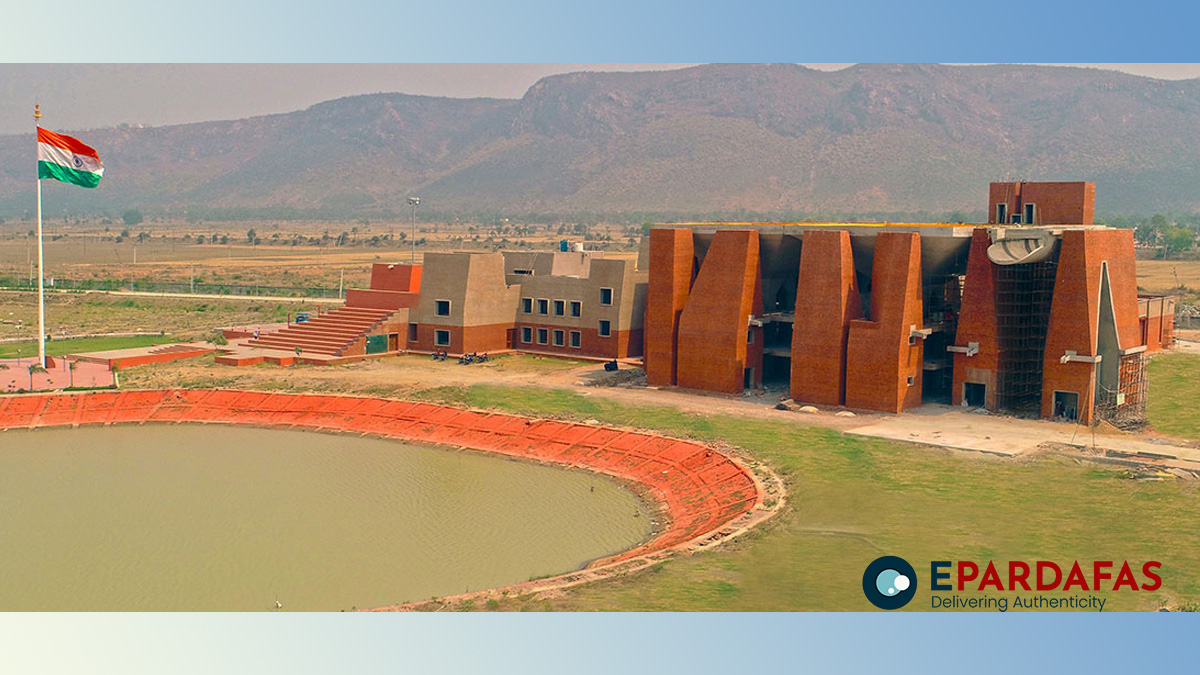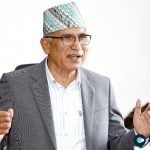
India’s Nalanda University: The greatest centres of learning in ancient world
Western establishments like Oxford, Yale, Cambridge, Harvard, etc. have been sanctified for their education and guidance for the past two centuries. However, a thousand years prior to the worldwide colonization of Europeans, Asian centers of learning such as Nalanda Mahavihara of Magadha, India was renowned for its academic excellence.
Nalanda Mahavihara or Nalanda University, which was founded in 427 CE, was an institution with 2,000 faculty, 9 million books and 10,000 students from across Eastern and Central Asia. The monastic university predates the University of Oxford and Europe’s oldest university, Bologna, by more than 500 years.
Students used to gather in Nalanda to learn medicine, logic, mathematics and specially to learn Buddhist principles from the era’s most revered scholars. Apostle of peace, the Dalai Lama once had stated: “The source of all the [Buddhist] knowledge we have, has come from Nalanda.”
It is said that Nalanda University land was purchased for 10 kotis (old currency form) of gold pieces by five hundred merchants. Scholars also say that the university was founded by Kumaragupta I of the Gupta Dynasty (415-455 CE). The succeeding Gupta Emperors promptly invested in the religious and epistemic growth of the university. Under their reign, the building had eight monasteries, 11,000 cells, three libraries, and around 2000 pupils in attendance. The monks and students of the university survived on the generosity and grace of their contemporary rulers. Between 606-647 CE, Nalanda owned 200 villages nearby with the grace of many generations of Pala kings. The land allotted to the Indian monasteries attracted the Turk invasions in the next centuries.
Chinese monk Hiuen Tsang notes that the intellectual flow of knowledge flourished in Nalanda after the 3rd or 4th centuries AD. During his time as a student, 1510 teachers and 10,000 monks were present on the campus. Modern-day Indologists and archeologists predict that the number ranged somewhere between 1000 to 4000. The monks at the university practiced a set of Buddhist customs, rituals, and traditions to honor Lord Buddha. Chinese philosopher I-Sing narrates the proceedings: every morning, they began with beating a gong, and in the evening, the monks gathered around to perform chaityavandan. This ancient cultural exchange programme helped spread and shape Buddhism across Asia.
Nalanda University accepted students of reaching nationalities, including from neighboring regions such as Korea, Japan, China, Indonesia, and even farther countries like Iran, Greece, Mongolia. The center of learning provided a mixture of courses in medicine, arts, philosophies, and religious studies; the list included specialties in literature, astrology, psychology, law, astronomy history, mathematics, economics, and medical science.
Each monastery and temple of Nalanda University was assigned different purposes and had varying religious affiliations, namely Buddhism and Hinduism.
The institute had higher educational standards than today’s colleges. There was not a commercial value associated with the sanctity of knowledge. Each attendee was expected to be attached-by-the-hip to their gurus (teachers) for eight years and more. The bond between a teacher and their pupil was sacred.
Similarly, similar to the way the much gritted and difficult to crack SATs and IELTS haunt today’s young generation, the challenging ‘entrance exams’ of Nalanda were administered by Dwaracharyas (learned pundits), various gatekeepers, and finally, through a separate board of teachers specially assigned to handling the admission process. The main goal of Nalanda University, the most famous institute of its time, was to impart spiritual lessons and moral code to its students. The patriarchal and religion-based society ensured that the student body only consisted of upper caste, male candidates.
The historical narrative, propagated by the colonial historians, recounts that the decline of Nalanda University was caused by a petty plunderer, overzealous in forwarding Islamic interests in the Indian subcontinent. Bakhtiyar Khalji, a native of Afghanistan, repeatedly plundered Magadha and the neighboring villages for gold, food supplies, and horses. The gold found during his lootings and raids of the Buddhist monasteries made him a hundred times richer. The invasions of the Turks forced the monks to flee and a century later, scholars described Nalanda to be completely deserted and empty. Out of the eight temples and 98 viharas (fourteen large and 84 small) of the entire architecture, two viharas (monasteries) survived the brutality of the Turks; also, only the bordering walls with eastern and western gates were left intact.
In Tabaqat-i-Nasiri, Minaj-i-Siraj describes the burning of 9 million scripts and the campus building of Nalanda: “Thousands of monks were burned alive and thousands beheaded as Khilji tried his best to uproot Buddhism. The burning of the library continued for several months and smoke from the burning manuscripts hung…like a dark pall over the low hills.”
Mahipala was the last ruler to provide patronage to Nalanda before it was ransacked.
A bill proposing the revival of 1,600-year-old Nalanda was passed in the Indian Parliament in 2010. On 14th September 2014, Nalanda University officially opened its doors again for learning.













Comments